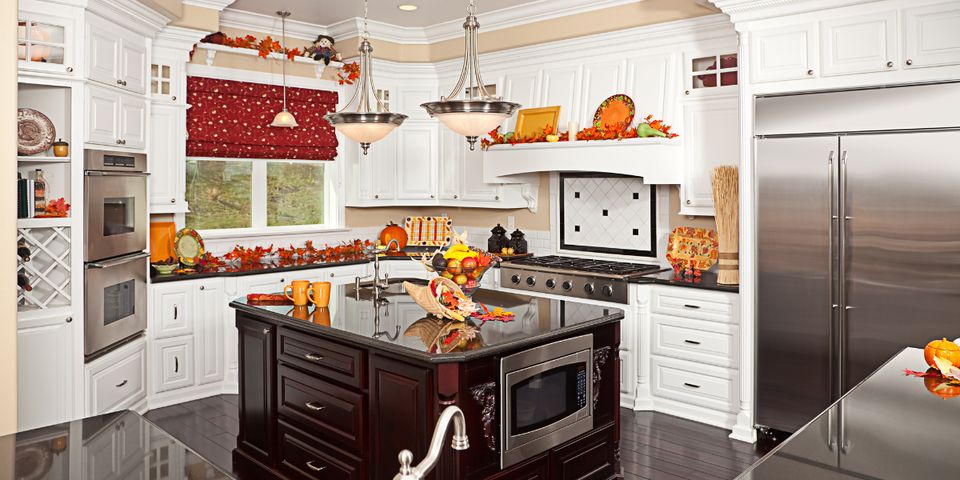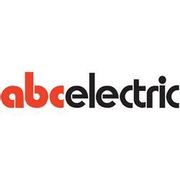
The wiring in your home is made up of circuits that connect to individual circuit breakers. These are designed to carry a certain amount of electrical flow, known as current. If certain appliances demand too much from the system, the breaker trips. This phenomenon is relatively common as household electricity needs have increased over the years and decades. If you are planning a kitchen remodel, you will likely need to update the electrical wiring to handle your appliances. The guide below offers a brief overview of the electrical circuits a remodeling electrician typically adds to a kitchen.
A Guide to Electrical Wiring for Kitchens
1. Lighting
Kitchens generally only need a 15-amp, 120-volt lighting circuit. However, certain fixtures may need to be grouped into separate circuits. Common examples include recessed, track, and pendant lights and lamp fixtures. Depending on local codes, you may need separate circuits for ceiling fixtures and lights under cabinets.

2. Range Circuit
The kitchen range, oven, or cooktop will require the most power. Each of these appliances will need its own 30- to 60-amp, 240-volt circuit. Most people have one appliance that encompasses all of these functions, but their service needs will differ if you have separate units. For example, a cooktop with no oven generally only requires 30 amps, while a double oven with no cooktop may need 40 amps.
3. Countertop Outlets
As the name suggests, these outlets are most often installed above kitchen countertops and below wall cabinets. They are also known as receptacles. On an island or peninsula with no back wall, they may be installed on the cabinet below the countertop. They are built to serve portable appliances such as crock pots, small microwaves, coffee makers, and blenders. Every updated kitchen must have at least two 20-amp dedicated countertop circuits no more than four feet apart.
4. Appliance Circuits
Larger kitchen appliances should have their own dedicated circuits. For instance, modern refrigerators are often spacious and equipped with water dispensers and built-in ice makers and should follow this rule. A smaller, simpler fridge may be able to use a small-appliance circuit.
Some dishwashers and garbage disposals are plugged in, while others are hard-wired into the house’s wiring. Dishwasher circuits usually need 15-amp, 120-volt circuits, while a garbage disposal could need a 20-amp one. If you have a vent fan or range hood, it will either be plugged into a dedicated circuit or connected to a lighting circuit.
If you need an experienced electrician to upgrade the electrical wiring in your kitchen, contact ABC Electric Company Inc. Serving Lincoln, NE, and the surrounding areas since 1932, this reliable team provides a full range of electrical services, from installations to emergency repairs. As a top electrical contractor, they offer superior service and follow-ups to make sure you’re satisfied with their work. Visit their website for more information about residential electrician services, or call (402) 435-3514 to schedule an appointment.
About the Business
Have a question? Ask the experts!
Send your question

